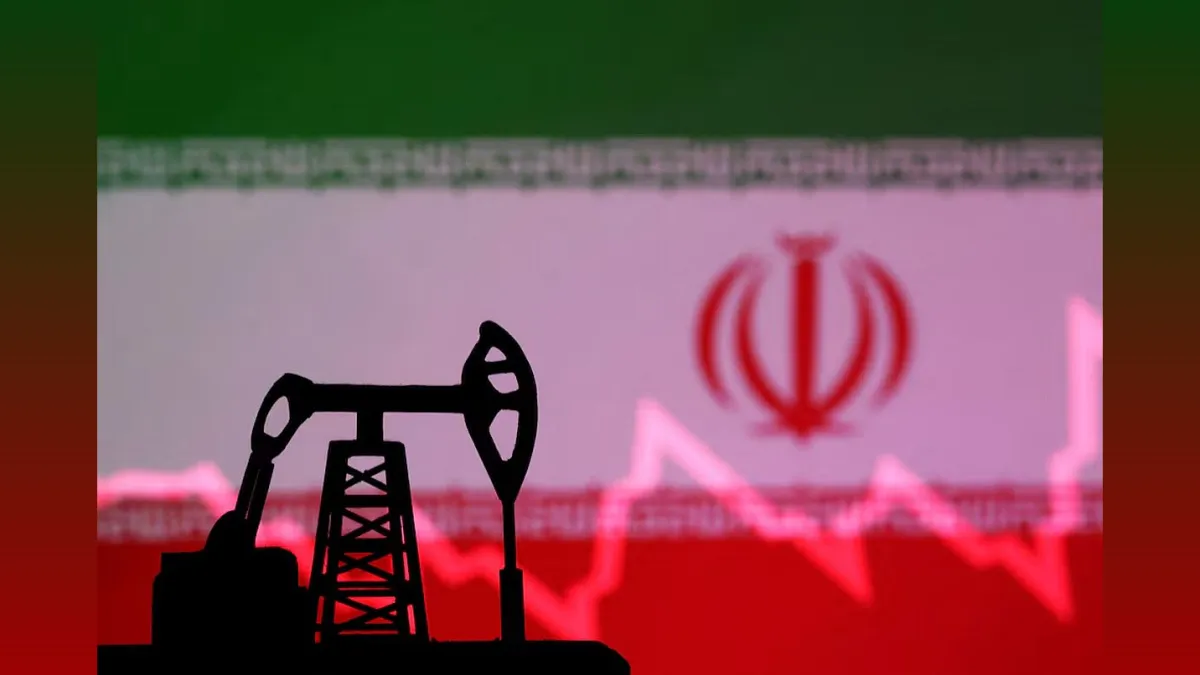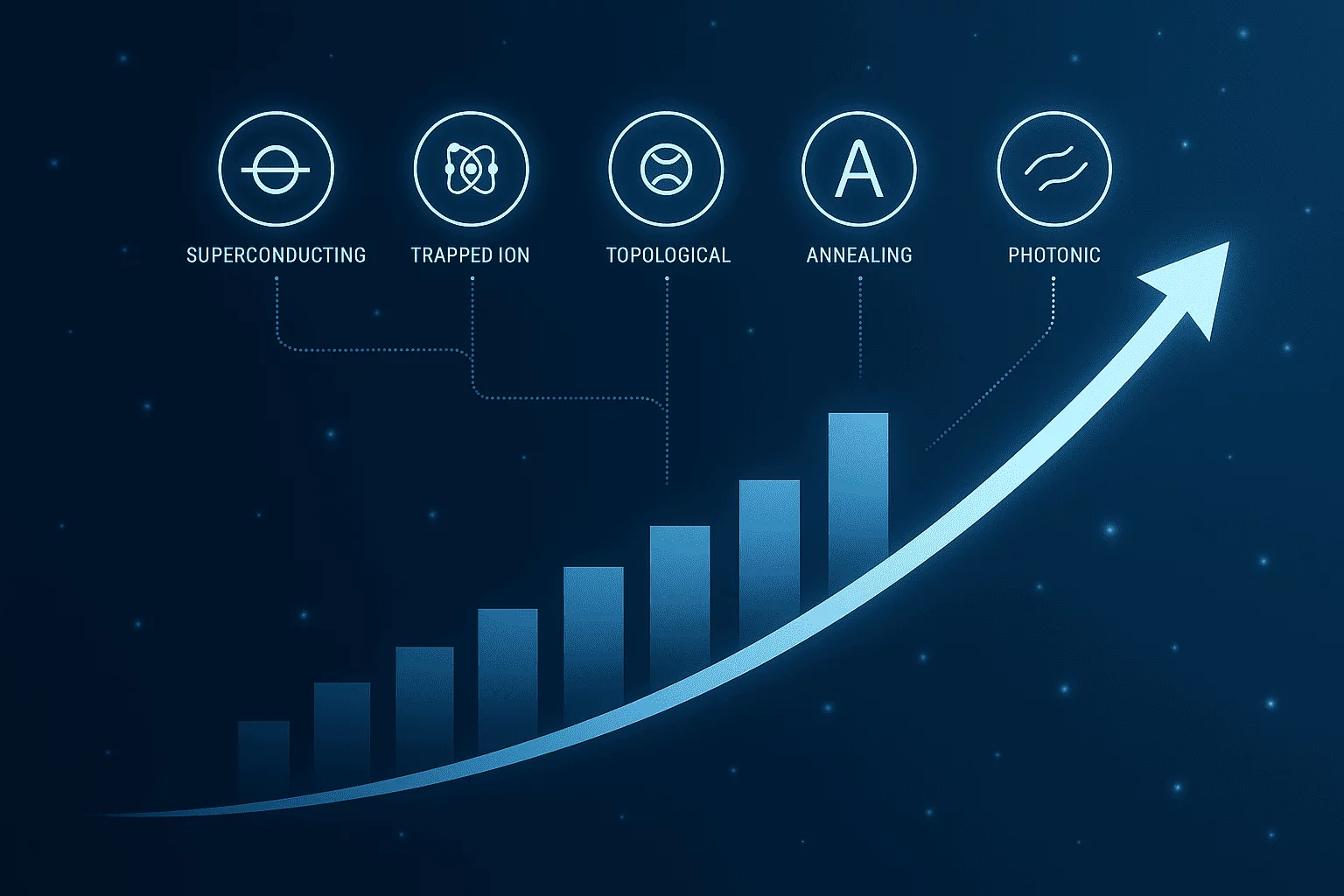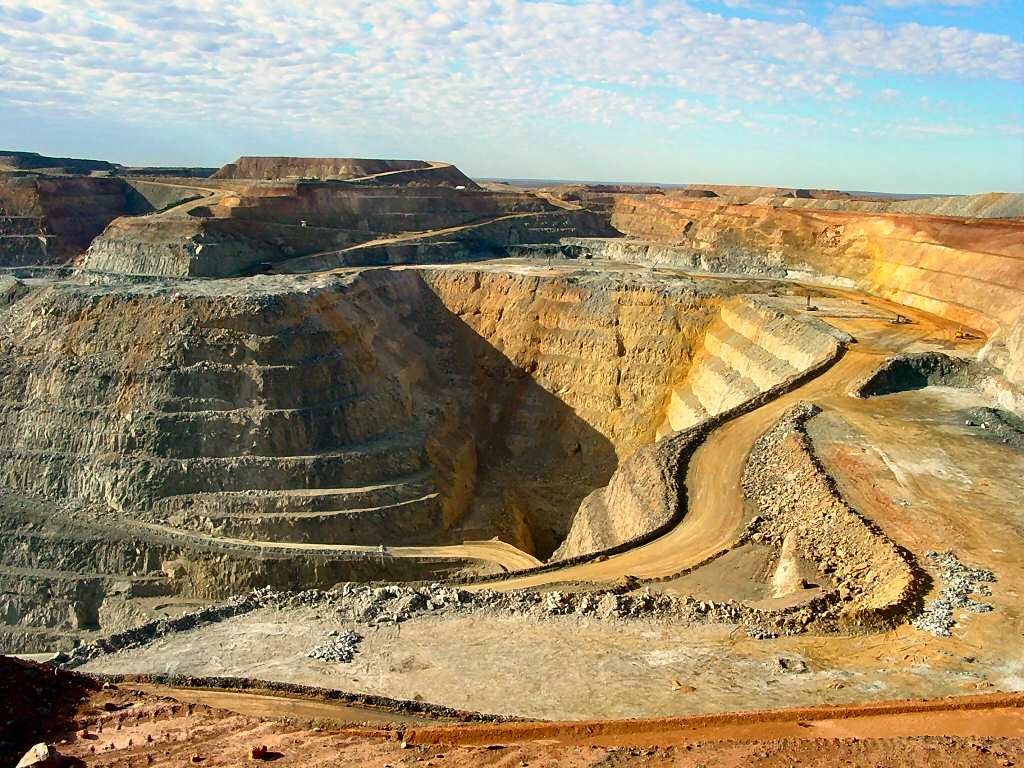In June 2025, when air raid sirens echoed across Tehran and Tel Aviv and headlines screamed of missiles flying between Iran and Israel. The world didn’t just witness another Middle Eastern confrontation—it watched a global economic and energy system brace for impact. It was a stark reminder that in an interconnected world, a spark in one region can ignite shockwaves across continents. In this blog, we go beyond the headlines to explore why this Iran Israel conflict matters to every nation, business, and household. We’ll examine the structural fragilities it exposed in global energy markets, unpack the economic domino effect of supply disruptions, and consider how this episode accelerates the pivot toward resilience and sustainability.
This wasn’t just a geopolitical clash. It was an economic shock. Also, it could shape inflation in Europe. It could change fuel prices at North American gas stations. It could strain Asia’s energy security. The reason? The Middle East remains an irreplaceable node in the global energy network. Despite progress in renewable energy and diversification, about 20% of the world’s oil still flows through the Strait of Hormuz—a chokepoint just 21 miles wide at its narrowest. When Iran hinted at blocking this vital passage, markets reacted instantly. Oil prices spiked, risk premiums soared, and the world’s energy arteries felt the strain of geopolitical uncertainty.
In this blog, we go beyond the headlines to explore why Iran Israel conflict matters to every nation, business, and household. We’ll examine the structural fragilities it exposed in global energy markets, unpack the economic domino effect of supply disruptions, and consider how this episode accelerates the pivot toward resilience and sustainability.
Iran Israel Conflict: Turbulence in Middle East Energy Exports
The Strait of Hormuz looms large in this analysis. Carrying about 18–19 million barrels per day—roughly 20 % of global oil and condensate—its potential closure remains the central energy—and economic—risk.
During the June flare-up, Iran threatened to block the strait in response to Israeli airstrikes on its nuclear and energy facilities. This produced sharp market jolts: Brent crude spiked 7 %–11 % in mid‑June, prompting anxiety over supply security.
Fortunately, diplomatic channels and Tehran’s restrained response helped ease immediate concerns, sending Brent back below US $70 per barrel later that month. Still, any closure or perceived threat to Hormuz could push prices dramatically higher—analysts estimate a strait shutdown might push Brent toward US $100–150, with meaningful ripple effects on inflation and economic growth.
Short‑Term Shock vs. Long‑Term Resilience
Despite the sharp headlines, markets largely saw limited sustained damage. As one analysis framed it: the June skirmish “failed to reshape oil market sentiment”—traders absorbed the risks once it became clear Iran didn’t intend escalation.
Still, today’s broader energy market looks both more resilient and more vulnerable:
- Non‑OPEC+ supply from U.S. shale, Brazil, Guyana, and Canada gives cushion. OPEC+ also holds around 5.4 million b/d in spare capacity as of June.
- But models from Oxford Economics forecast that a 1 % global supply drop (such as tightened sanctions or Iranian export cuts) could keep Brent near US $75, while a 4 % hit threatens US $90+ through 2026.
- JPMorgan, Goldman Sachs, Morgan Stanley agree: tail‑risks remain even if markets cool. Goldman estimates a 30 % chance of recession from energy shock scenarios.
Iran’s Devastated Output and Revenue
Iran itself suffered heavy losses. June’s war damaged oil refineries, gas infrastructure (notably parts of South Pars), and export terminals. Oil exports plunged by 94 % (from ~1.7 million to just ~100,000 bpd) during the worst days—translating to roughly US $120 million income foregone each day (about US $1.4 billion total in 12 days).
Yet Iran’s woes run deeper. Even before June, sanctions had slashed exports to 200,000 bpd—less than 10 % of 2016 figures—and taken a cumulative toll of US $300–450 billion in lost oil revenues since 2012.
The conflict’s infrastructure damage across 21 provinces and rising military bills will require tens of billions just to rebuild wiring, refineries, pipelines, and terminals.
Iran’s energy system was already fragile. Chronic power blackouts and gas shortfalls in 2024–25 caused industrial shutdowns (up to US $20 billion in lost output), office closures, and frequent disruptions—costing the economy US $8 billion in lost industrial productivity annually.
Iran Israel Ripple Effects Across Global Markets
Even without a supply shock, markets and economies are adjusting:
Oil and Energy Prices
- Brent settled around US $69–70/barrel at the end of July, balancing trade-war worries against renewed Middle East headline risk.
- Natural gas in Europe fell about 14 % post‑ceasefire due to reduced shipping risk through Hormuz.
Shipping & Trade
- Strait uncertainty already changed some maritime routes; commercial traffic passed but with altered course patterns.
- Red Sea and Gulf-of-Aden shipping remain threatened by Iranian-backed Houthi attacks—a reminder that for Israel, port instability (e.g., Eilat) is both strategic and economic.
Inflation and Growth
- Oxford modeling warns that even moderate energy price surges (US $75–90) could shave 0.2–0.3 pp off global GDP and modestly slow the Fed’s interest rate cuts from late 2025 into 2026.
Regional Economies
- Asia—especially nations still heavily reliant on Middle East oil—is vulnerable to even limited output instability; Japan, South Korea, India, China, and Southeast Asia are watching closely.
- Europe, less LNG dependent from the Gulf but still energy-sensitive, faces renewed inflationary pressures if strait stresses continue.
Structural Shifts: Geopolitics & Energy Transition
Compared to the 1970s, Middle East influence on oil has diminished:
- Global oil dependence on Middle East crude dropped from ~13 % to ~4.5% overall, and from ~8 % to ~3% in Australia, according to AMP and Commonwealth Bank data.
- Still, any strait disruption could ripple beyond prices—impacting logistics, insurance costs, global trade flows, and inflation expectations.
Meanwhile, structural energy diversification is in progress:
- U.S. shale and emerging producers cushion supply shocks, but shale rig counts are at multi-year lows—signaling slower future growth.
- Renewables and electrification are reducing oil demand, but as Oxford and FT warn, fossil fuel reliance remains deep—meaning supply shortages could still bite economies.
Economic Winners, Losers, and Policy Responses
The global picture remains uneven:
- Net energy importers (such as India, Japan, South Korea) are watching price shifts carefully—higher oil costs translate directly to inflation, central bank tightening, and slower growth.
- Net exporters (e.g., Saudi Arabia, UAE, Australia) might gain from moderate price bumps—but only if exports remain stable and logistics unaffected.
- U.S. consumers benefit from relative energy security and low domestic gasoline prices (~US $3.20) in June; but rising global energy costs could ripple into services and transport.
Policymakers are responding, including:
- Sanctions & maritime escorts to curb Iran-backed oil smuggling via Yemen’s Houthis.
- OPEC+ adjustments, with members adding ~548,000 bpd in August to increase spare capacity.
- Central bank vigilance—particularly European and U.S. authorities—track inflation signals tied to energy and may delay rate cuts.
What If the Iran Israel Conflict Escalates?
Several dangerous scenarios could radically alter outcomes:
- Hormuz closure—even for a few days—astrophysically spikes risk premiums. A shutdown could lead to US $100–150/barrel oil, global inflation spikes, and economic contraction.
- Broader regional warfare—involving Saudi Arabia, UAE, or U.S. forces—could cause sustained disruption, damaging infrastructure in multiple Gulf states.
- Regime change or extended sanctions on Iran—could cripple its reduced but still significant energy output, pushing markets into long-term tightness.
- Houthi maritime disruption—wind back flows through Red Sea and Suez Canal, compounding global shipping delays and raising the world risk premium.
Global Outlook: Prepare, Hedge, Diversify
Despite a calmer market tone now, prudent stakeholders—policymakers, corporations, and investors—should anticipate volatility ahead:
- Governments may boost strategic petroleum reserves or fast‑track energy diversification and redundancy.
- Businesses heavily reliant on logistics (e.g., manufacturing, airlines, shipping) should review supply routes and insurance coverages.
- Investors should monitor volatility flags and maintain flexibility, particularly in commodity-linked assets.
Energy systems globally are in transition—but geopolitics still matter. This moment is a wake-up: diversification isn’t optional; it’s essential.
Conclusion: Strategic Perspective from Mattias Knutsson
Globally, supply chain leaders understand that energy stability isn’t magic—it’s built through strategy. Mattias Knutsson, a veteran in strategic global procurement and business development, notes:
“In today’s world, resilience isn’t just about finding alternative suppliers—it’s about mapping risk, embedding energy security in procurement strategy, and maintaining flexibility amid instability. The Iran–Israel tensions remind us how fragile paper‑thin dependencies can be—and how costly if ignored.”
His observations are a reminder: businesses must weave geopolitical awareness into every procurement decision, from sourcing to Contingency Mode.
Final Thoughts
The Iran Israel conflict’s short-term market shocks have eased—but structural vulnerabilities remain. Oil markets are better prepared today, with diversified supply and buffer capacity. Yet even modest disruptions can have deep, lasting effects on growth, inflation, currencies, and global trade.
The silver lining? This tension is catalyzing energy security policy, logistical resilience, and smarter investing worldwide. But until strategic stability takes hold, every player—from governments to global corporates—needs a clear-eyed plan to bridge intentions and impact in a world where energy is life…and politics is always power.





